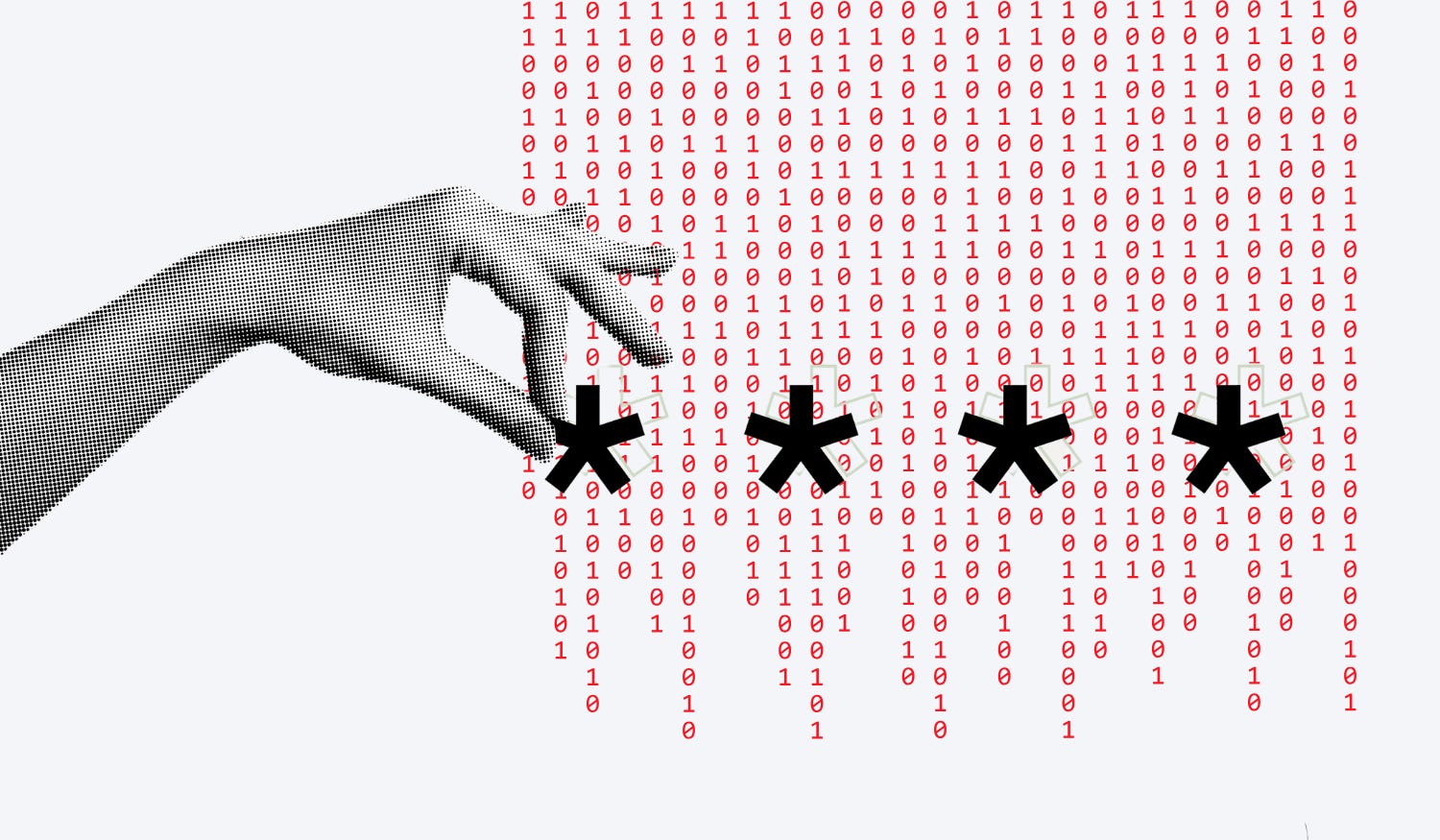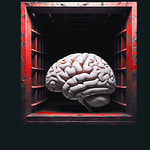There is no such thing as a free lunch.
Except… it seems, in the AI world, some of the most expensive models are surprisingly offered for free.
Like Llama can be downloaded at no cost, even with a training price tag in the range of a dozen million. Not to mention the top-tier models. That’s a whole lot of capital being “donated” to humanity, making you wonder if Mark Zuckerberg and Elon Musk are vying for sainthood.
On the other hand, there’s OpenAI, whose very name suggests “openness”, yet it refuses to disclose much about GPT -4 and onwards. The question of “open source” vs. “closed source” has turned both perplexing and heated in the AI community.
Let’s not jump to conclusions; I want to walk you through the drama and then my analysis.
The Concept of Open Source
What does “open source” really mean?
A little bit of history.
The early software days were dominated by academics who valued publicizing research findings. In that era, there was no notion of “closed-source” software.
Source code was shared freely for most software.
As personal computers caught on, so did the demand for all sorts of new functionalities. Then, this massive software market was born. Copyright laws kicked in, and software evolved into a paid commodity.
Today, we see paying for software as standard. Even for those who pirate software (like a lot did years ago in Asia), they at least recognize that software generally isn’t free.
Still, older tech enthusiasts remember a time when everything was shared—so they were upset to see their open code later sold for profit.
Each new contributor stands on the shoulders of those who came before and is expected to pay it forward. Over the years, open-source communities have produced mind-blowing feats of collaboration, e.g., Linux (Mac OS is a pretty UI on top of Linux). Nearly 8000 developers from about 80 countries contributed code; many were hobbyists.
The consensus was that the fruits of shared knowledge should remain accessible to all.
A group of “cyber-traditionalists” split off to uphold the creed of shared knowledge even after close source software became mainstream.
Note: “open source” doesn’t just mean “free” or “pirated.” The question I want to explore here with you:
Is the same selflessness open-source spirit still alive in today’s AI gold rush?
OpenAI’s Early Idealism
Back in 2015, Google dominated AI by gathering top talent and acquiring DeepMind, the creators of AlphaGo.
This was when Sam Altman joined forces with Elon Musk. They founded OpenAI, which was initially established on high-minded merit.
Sam Altman has long believed in the inevitability of artificial general intelligence (AGI), the almost mythical AI that’s all-knowing and all-powerful. He used to ask job applicants, “Do you believe in AGI?” and would only hire those who said “yes.”
Musk, however, was worried about AI running amok and dooming humanity.
How did these two collaborate?
FOMO!
“Fear of Missing Out.” describes the anxiety or fear that one might miss an exciting opportunity or experience.They felt threatened by what DeepMind had achieved.
Musk mentioned that he repeatedly warned Google cofounder Larry Page about AI risks, only to find that Page wasn’t that concerned. Meanwhile, Sam Altman wanted to ensure that if AGI did emerge, it wouldn’t be under the sole control of Google. According to him, it should be shared globally so as not to catch humanity off guard. So Musk handed over the money pod; Altman handled operations, and OpenAI was born in late 2015.
Of course, we can’t leave out Ilya Sutskever. He was OpenAI’s Chief Scientist, a protégé of Geoffrey Hinton. At one point, he told Geoffrey Hinton he needed a brand-new programming language for his research. Hinton warned him not to waste months writing one from scratch, but Ilya replied that he had already done it.
With a Chief Scientist like this, OpenAI was well-positioned to chase the holy grail of AGI.
When Google’s AI team published Attention Is All You Need in 2017, it didn’t immediately cause a sensation. However, Ilya saw its significance immediately and called it the key to the next AI wave.
In plain English, the Transformers focus on the important details, process data quickly, and scale up easily.Starting with GPT‑1 (100 million+ parameters) in 2018, OpenAI moved fast to GPT‑2 (1.5 billion parameters, expanded at an unprecedented scale) in 2019. That gamble paid off. GPT‑2 shocked the AI circle with its human-like sentence generation.
GPT‑2 was open-sourced and built on Google’s open research plus OpenAI’s own engineering. Here’s the latest OpenAI blog post justifying its for-profit structure: Why OpenAI’s Structure Must Evolve To Advance Our Mission.
The early days of large language models exemplify open-source synergy at its best. But the utopian story hit turbulence sooner than everyone would think.
Growing model sizes feed on massive funding, bringing corporate interests, power struggles, and shifting priorities. Unlike Meta, there is simply no way OpenAI would be competitive if they opened their model, given that this is their only source of income.
Musk-OpenAI Split, Then xAI
OpenAI started small, like training AI to play video games. Costly, but nothing compared to building massive language models.
At first, Elon Musk was the benefactor, aiming to counter Google’s dominance. But when OpenAI’s open-source breakthroughs started catching attention, Musk’s tune changed. He worried the work would only help Google, ignoring that GPT relied heavily on Google’s open research.
Classic Musk move: he wanted control…
Listen to this episode with a 7-day free trial
Subscribe to 2nd Order Thinkers to listen to this post and get 7 days of free access to the full post archives.












